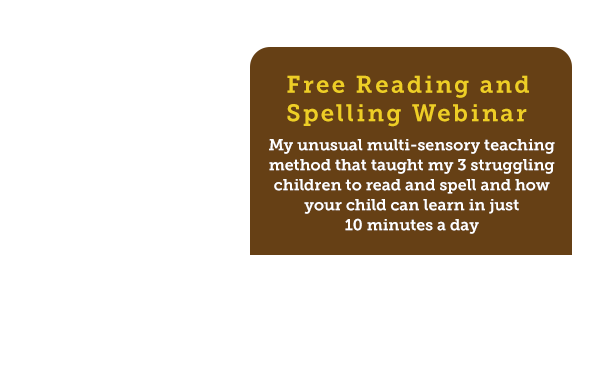Having a formal diagnosis of your child’s learning disability is a must if you want to ensure your child has access to all the educational considerations that are available to them.
 As parents this is an important part of ensuring your child is provided with the best possible opportunity to succeed within the school system.
As parents this is an important part of ensuring your child is provided with the best possible opportunity to succeed within the school system.
Beware of people working within the school system who deter you from seeking a formal diagnosis. They are often not qualified to do so and depending on which country you reside in, without a formal diagnosis, your child may not be protected by state and federal government legislation.
You can liken it to having a legal document, which states the exact nature of your child’s condition and their rights to access an education in the school in which your child attends. Now you might be beginning to understand why only highly qualified individuals with legitimate qualifications are able to assess children for dyslexia.
The range of tests used, must also be recognised and endorsed by the education department within your state or country. All these factors invariably add up, meaning the cost of having your child assessed may be higher than you might expect.
A formal diagnostic assessment report is based on a battery of tests. Depending on the assessor these can be administered over the course of one day or over a series of days. Different assessors use a range of different tests, but your evaluation should include.
- A case history that includes information on family history, development, medical history, behaviour and academic background

- A measure of intellectual functioning – also known as an intelligence test
- Tests of specific oral language skills related to reading, writing ability and a phonological test
- Educational tests to determine levels of functioning and ability in basic skill areas of reading, spelling, written language and math.
Testing in reading and writing should include the following measures;
- Single word decoding of real and nonsense words
- Oral and silent reading in context
- Reading comprehension
- Spelling in isolation and in text
- Sentence, story and essay writing
- Handwriting
- A classroom observation, and a review of any remediation programs used to date
- Many assessors will also recognise the need to explore the potential of visual dyslexia or visual processing difficulties- that is where distortions of text and text movement can be occurring.
Getting a government recognised assessment for dyslexia can save time and money in the long run and put you path to create a plan of action to support your child in the best possible way.
Please remember that dyslexia testing will pinpoint your child’s learning weaknesses, but it will also determine your child’s learning strengths.
Using learning strengths to overcome learning weaknesses is an efficient way to create an effective remedial plan and seek fast, positive outcomes for your child or student.




















It’s much easier to untdesrand when you put it that way!